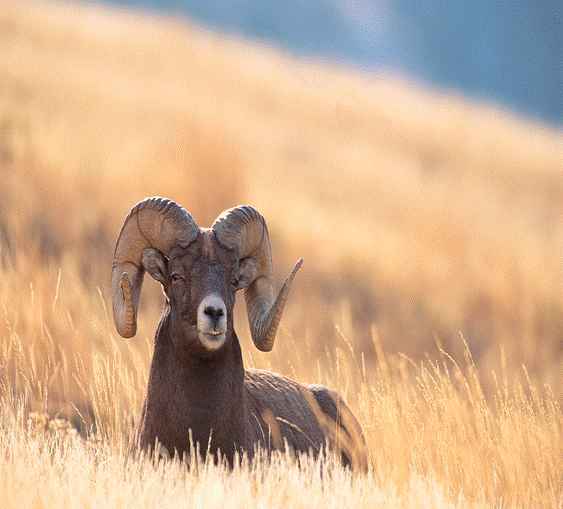NOTE: due to fast talking, this is an approximation of Lisa's presentation:
Cedar Fire History Facts:
- Largest fire in California history
- 98% of Cuyamaca State Park burned
- Over 58% of the forest was lost over a 5 year period in our local mountain area
The Cedar Fire:
- very hot
- history of fire suppression
- other fires followed, compounding problem
- Canapy spread of fire (tree top to tree top)
- No refusion(sp?) - nothing left to reseed. (normally artificial reseeding is not needed)
Mike Wells PhD conducted the research and Janet Frumheen developed slow patch natural regeneration model. Ceonothus palmeri increased 3 - 31% since 2008, annual grasses increased 37 - 40% since 2008.
In the normal scenario, in the wake of a big fire, Lisa's department tries to prevent disruption of animal migration, prevent erosion, and remove hazardous trees.
Because we had more than 80% of our biomass disrupted. 8 years post fire, ceonothus is 12' tall, adding to carbon sequestration. Also, need to restore native mixed conifer, restore biodiversity and ecosystem function, and manage the threat of future fires.
The CDD team consists of archaeologists, botanists, ornithalogists, Cal Fire Forestry consultants.
Climate Action Reservation (CAR): Disney funded $10.4 million budget. Planting phase 2008 - 2020. Fuel for management thru 2050.
Restoration strategy:
- plant seedlings first
- 60% Jeffrey Pine
- 20% Colter Pine
- 10% Sugar Pine
- 5% White Pine
- 2% Fir
- plant ceanothus secondarily
Project Management:
- Strengthen processes and procedures
- Adaptive management methodology
What effects to prevent forest fires:
Educate people to say we need "controlled burns"




